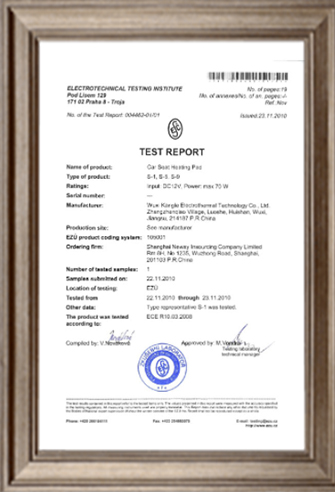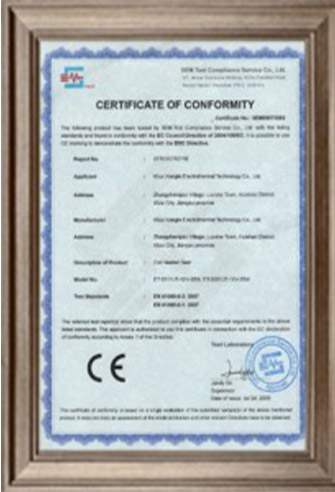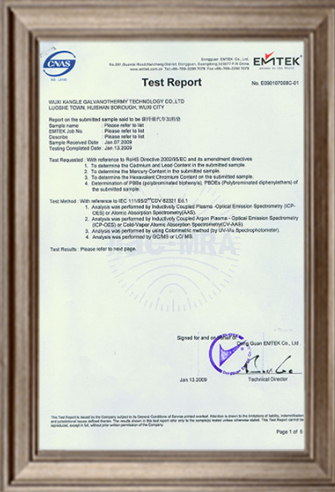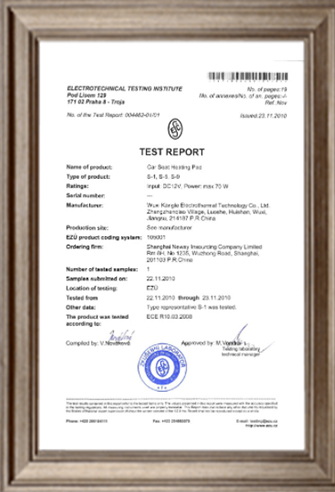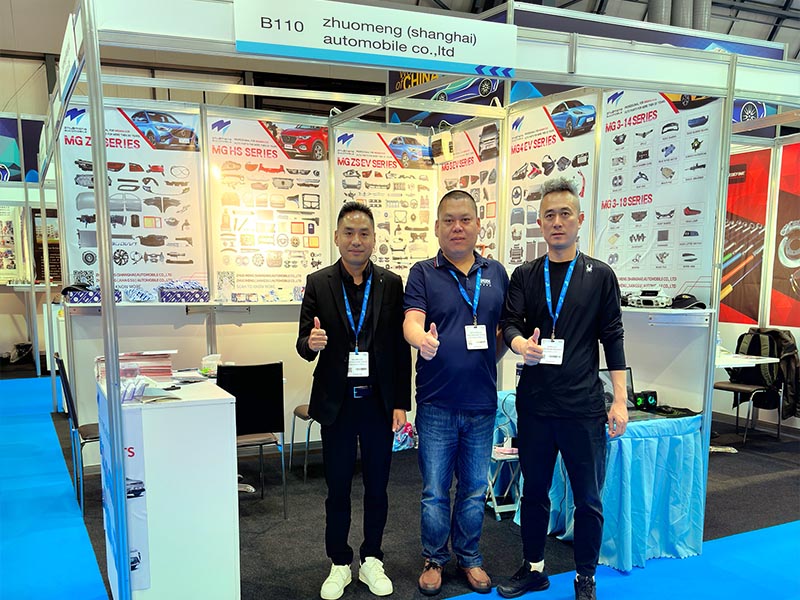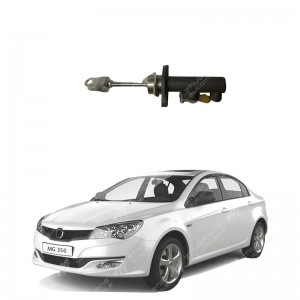Clutch master pump.
When the driver presses down the clutch pedal, the push rod pushes the total pump piston to increase the oil pressure, and enters the sub-pump through the hose, forcing the sub-pump pull rod to push the separation fork and push the separation bearing forward; When the driver releases the clutch pedal, the hydraulic pressure is lifted, the separation fork gradually returns to the original position under the action of the return spring, and the clutch is in the engaged state.
There is a radial long round through hole in the middle of the piston of the clutch master pump, and the direction limiting screw passes through the long round hole of the piston to prevent the piston from rotating. The oil inlet valve is placed in the axial hole of the left end of the piston, and the oil inlet seat is inserted into the piston hole through the straight hole on the surface of the piston.
When the clutch pedal is not pressed, there is a gap between the master pump push rod and the master pump piston, and there is a small gap between the oil inlet valve and the piston due to the limit of the direction limiting screw on the oil inlet valve. In this way, the oil storage cylinder communicates with the left chamber of the main pump through the pipe joint and the oil passage, the oil inlet valve and the oil inlet valve. When the clutch pedal is pressed, the piston moves to the left, and the oil inlet valve moves to the right relative to the piston under the action of the return spring, eliminating the gap between the oil inlet valve and the piston.
Continue to press the clutch pedal, the oil pressure in the left chamber of the master pump rises, the brake fluid in the left chamber of the master pump enters the booster through the tubing, the booster works, and the clutch is separated.
When the clutch pedal is released, the piston moves rapidly to the right under the action of the same spring, because the brake fluid flows in the pipeline has a certain resistance, and the flow back to the main pump is slow, so a certain vacuum degree is formed in the left chamber of the main pump, the oil inlet valve moves left under the pressure difference between the left and right oil chamber of the piston, and the oil storage cylinder has a small amount of brake fluid flowing into the left chamber of the main pump through the oil inlet valve to make up for the vacuum. When the brake fluid originally entered the booster by the main pump flows back to the main pump, there is excess brake fluid in the left chamber of the main pump, and this excess brake fluid will flow back to the oil storage cylinder through the oil inlet valve.
What symptom does clutch pump break?
01 Gear shift has a tooth phenomenon
Gear shift when the tooth phenomenon may be the performance of the clutch pump is broken. When the clutch master pump or sub-pump failure, may cause the clutch can not be completely separated or the separation is not smooth. In this case, when the driver presses the clutch pedal to shift, it may feel difficult to shift, and sometimes it is even impossible to hang the desired gear. In addition, if the pump is damaged, the clutch may feel unusually heavy or there is no usual resistance when stepping on, which will lead to the gear shift phenomenon.
02 sub-pump leakage phenomenon
When the clutch pump is damaged, the oil leakage of the branch pump is an obvious symptom. When there is a problem with the clutch pump, the clutch pedal can become heavy, resulting in incomplete clutch disengagement when fully pressed. In addition, the oil leakage phenomenon not only affects the normal operation of the clutch, but also may make the driver feel difficult when shifting, and it is difficult to hang the corresponding gear. Therefore, once the clutch oil leakage is found, combined with the transmission situation, it can be inferred whether it is the problem of the clutch master pump, which needs to be repaired or replaced in time.
03 Clutch pedal will become heavier
When the clutch pump is damaged, the clutch pedal becomes extremely heavy. This is because when the driver depresses the clutch pedal, the push rod pushes the master cylinder piston to increase the oil pressure, which is passed through the hose to the sub-pump. The damage of the sub-pump caused the hydraulic system to work abnormally, making the pedal become heavy, and even the phenomenon of incomplete separation and oil leakage when shifting. This condition not only affects the driving comfort, but also may increase the driving risk.
If you want to know more, keep reading the other articles on this site!
Please call us if you need such products.
Zhuo Meng Shanghai Auto Co., Ltd. is committed to selling MG&MAUXS auto parts welcome to buy.


